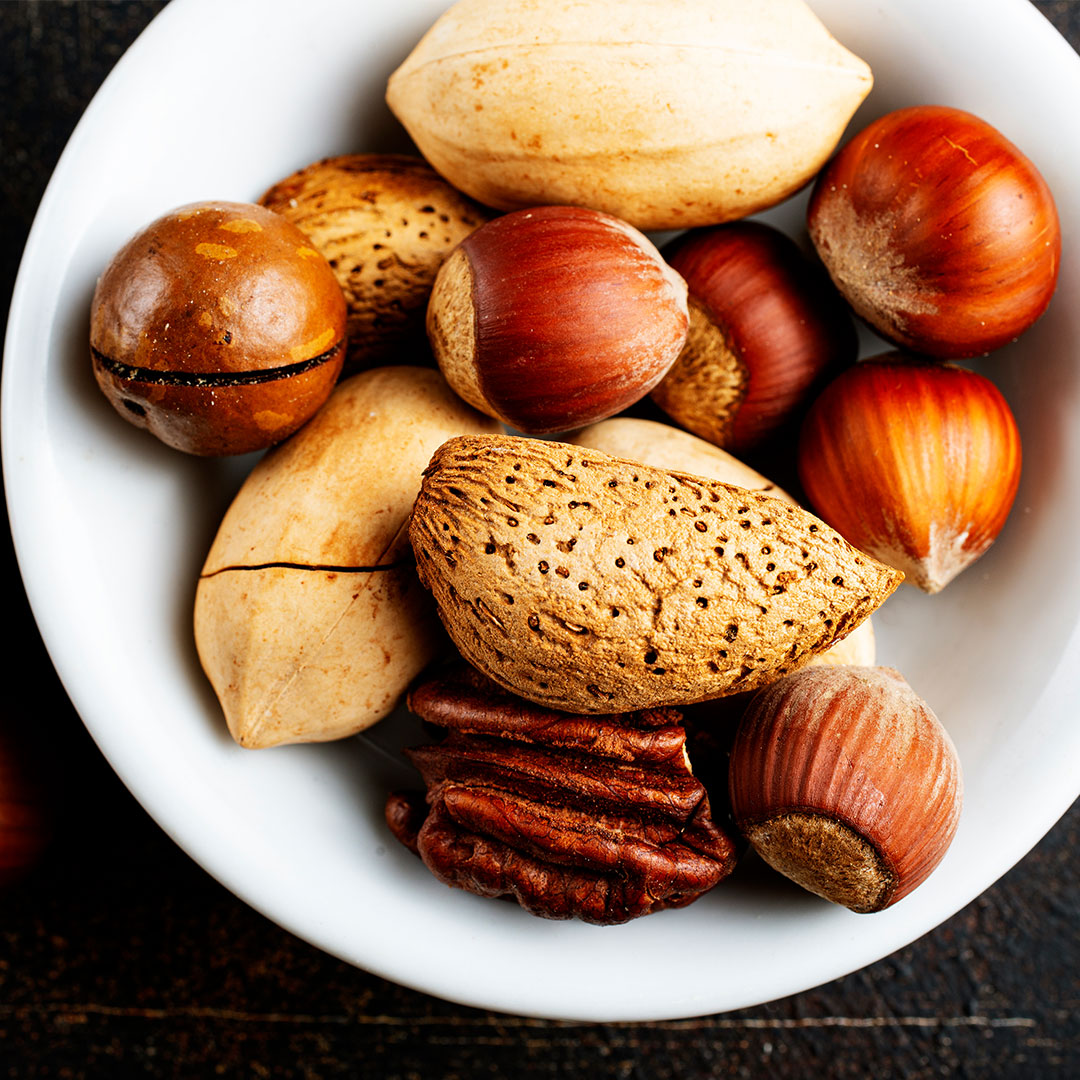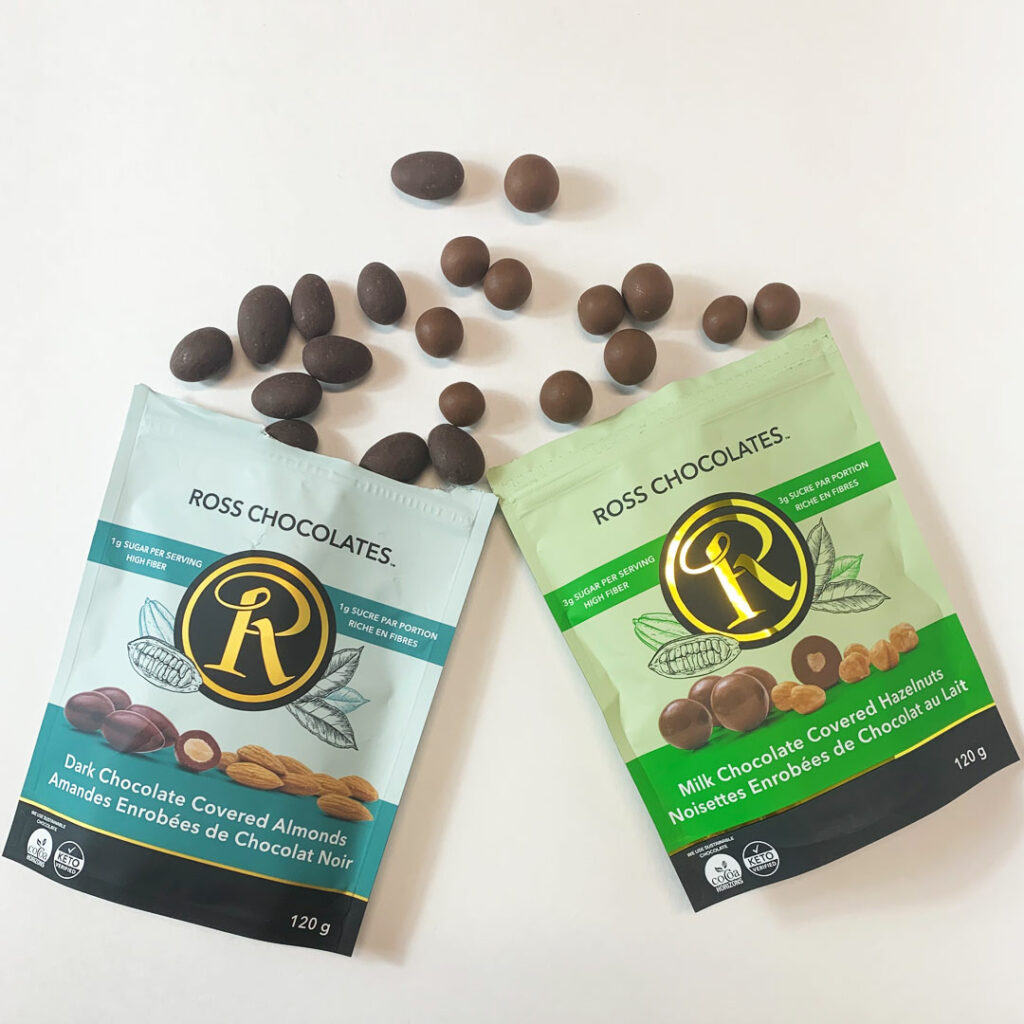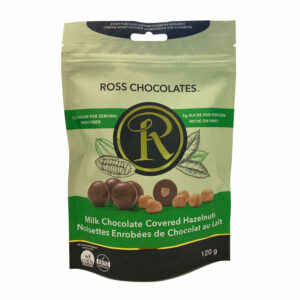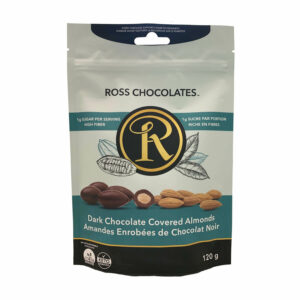Strictly speaking, nuts are defined as a dried fruit found on trees that contain a single seed, a hard shell, and a protective husk. However, several foods culinarily recognized as “nuts” do not meet the strict botanical description of nuts because of the way they grow; peanuts, cashews, almonds, pistachios, and macadamia nuts are all, technically, not nuts. Peanuts don’t even grow on trees; they grow underground yet they are the most widely recognized and used nut throughout the world.

Nuts have been given a rough ride at times due to their high level of fat, but it is important to note that most of their fat is mono- and polyunsaturated, which means the fat they contain is liquid at room temperature and critical to heart and overall health.
Fats in Our Diet
Saturated fat, which is solid at room temperature, is largely considered bad for heart health but recent research has shown that certain saturated fats, including those in dairy and the few found in nuts, promote heart health while others—such as those found in processed meats (deli meats, etc.)—harmfully raise cholesterol levels.
Fats affect the cholesterol levels in our body, which influence our heart, circulatory, and other organ health. We measure two types of cholesterol to monitor our health: high-density lipoproteins (HDL) and low-density lipoproteins (LDL).
Cholesterol Explained
HDL is often called “good” because it removes cholesterol from the arteries and carries it to the liver where it is removed from your body rather than left in your blood stream to harden arteries. LDL is “bad” because it remains in the blood stream and builds up to block the flow of blood through arteries and blood vessels.
In the past, doctors focused solely on LDL levels to predict risk of heart disease (below 100 mg/dL was acceptable). More recently, doctors have started to look at the total cholesterol to HDL ratio (calculated by dividing total cholesterol level by the HDL cholesterol measurement) as a more accurate predictor of heart health. Those with a higher ratio are at higher risk of heart disease. In general, doctors look for a ratio less than 5.1; below 3.5 is very good.
Why Nuts Are a Good Snack
Very often, nuts are a better snack choice than most of the processed foods that people select because the unsaturated fats in nuts are healthier than the trans- and saturated fats in processed foods. As well, nuts are energy- and nutrient-rich, which is rarely true of processed foods.
Ross has developed two chocolate-covered nut treats: Ross Dark Chocolate Covered Almonds and Ross Milk Chocolate Covered Hazelnuts. Both have the health benefits of nuts and sugar-free chocolate.
Interesting Facts About Nuts
- Peanuts are not nuts; they are legumes (beans) and grow underground not on trees like other nuts. Another name for peanuts is goobers and they are the most popular nut, used in cuisines around the world.
- Hazelnuts are also called Filberts.
- Cashew shells are poisonous.
- Cashews are not nuts; they are fruit and originated in Brazil, so should be called Brazil nuts.
- Brazil nuts originated in Bolivia, not Brazil.
- Almonds promote good gut bacteria and have prebiotic properties.
- 40% of all almonds are purchased by chocolate makers.
- Pistachios are not nuts; they are the seeds of fruit. The green, often purple, part of pistachios contains antioxidants.
- Pine nuts are found in pinecones.
- Pecans rank amongst the 15 highest antioxidant rich foods.
- The Omega-3 to Omega-6 ratio of macadamia nuts is ideal for reducing inflammation and lowering triglycerides, total cholesterol, and LDL cholesterol.
- Chestnuts are the only nuts that contain Vitamin C (about 20% of your recommended daily amount).
- Walnuts are the oldest tree food used by man; we have been eating them for over 9000 years. A serving of walnuts contains 100% of your daily Omega-3 requirements.









0 Comments